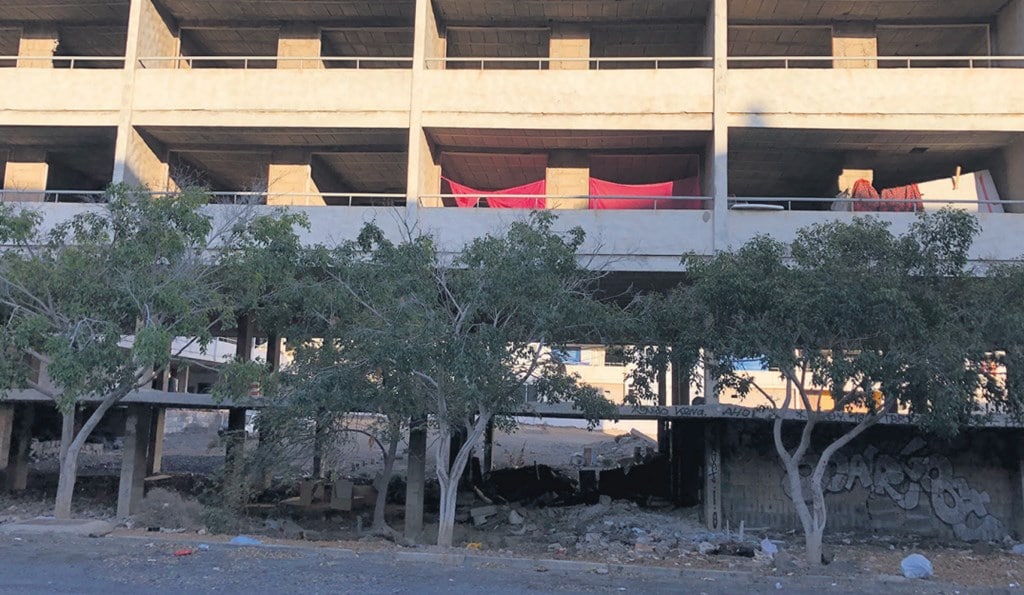
Yesterday, the Telesforo Bravo-Juan Coello Foundation described the half-built abandoned private buildings as a “serious problem” and asked public administrations not to “look the other way” after “decades of inaction.”
“That the promoters are responsible does not imply that the administration should not act, because they are structures that deteriorate over the years, they age, and can pose a serious security problem,” Jaime Coello told this newspaper. director of the foundation.
In his opinion, public bodies must address “without further delay” the situation of the skeletons of forgotten buildings and assume the costs of demolitions in cases where it is unfeasible to resume works.
In that sense, he recalled that there are sentences that have forced some administrations to assume the costs of demolitions after having granted construction permits. “Because the responsibility falls on the owners, the tome cannot be perpetuated,” he remarked.
Resuming the works of a cement and concrete skeleton is not usually the most profitable option, since the high level of deterioration caused by the passage of time would require an extra investment, starting with a thorough evaluation to verify the actual state of the materials. . In fact, some studies indicate that finishing a building can be 20% more expensive than building a new one.
More than 40 years
Areas such as Costa del Silencio, the first tourist urbanization in the South, El Fraile (both in Arona) or San Isidro (Granadilla de Abona) congregate a large part of the ghost buildings in the region.
Legal litigation, the ruin or death of the promoters and the resignation of the heirs are behind most of the failed architectures, some of which have been standing for more than 40 years. The high number of unfinished buildings in the south of the island of Tenerife is directly related to the great expectations in the golden age of tourism and the widespread fashion in the 70s and 80s of undertaking building projects by investors without any specialization in The matter. The wounds of the failure of those adventures remain today.
In addition to the visual factor and becoming sources of infection due to the accumulation of rubbish, Jaime Coello insists on safety and recalls that “deaths have occurred in the Añaza tome”, for which he emphasizes that “these are structures that do not meet any requirement for habitability. That is why the administrations are slow to act and stop looking the other way”.















